Three-university study shows low species substitution rates for the most popular products
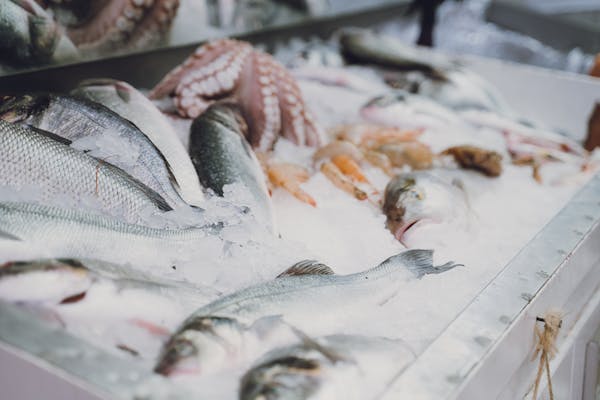
The seafood industry, with its complex global supply chains and diverse market offerings, has long faced challenges around accurate labeling. However, a new study from Schmid College of Science and Technology at Chapman University and Oregon State University offers encouraging news: substitution rates for the most popular seafood species in the United States remain low, providing consumers with greater confidence in their seafood choices.
The study, published in Food Control, examines mislabeling rates for the top 10 most consumed seafood products in the United States for the first time. These products account for nearly 80 percent of U.S. seafood consumption, including popular species such as shrimp, salmon and canned tuna.
The research team conducted a meta-analysis of U.S. seafood mislabeling, reviewing 35 studies and 4,179 samples from 32 states. Using resources like Google Scholar and Web of Science, they carefully filtered out studies that didn’t meet strict criteria, creating the most comprehensive dataset on U.S. seafood mislabeling to date. The dataset includes fish and shellfish, excluding sharks, rays and skates.
The study revealed that species substitution for the top 10 most-consumed seafood products in the United States occurred in only 13.9 percent of cases – much lower than the rates seen for less commonly consumed species. This suggests that for popular choices like salmon, shrimp, and tuna, substitution is not as widespread as generally believed.
Substitution rates were higher for less commonly consumed species like snapper, amberjack and halibut. However, the overall trend for America’s favorite seafood remains positive. For instance, red snapper was substituted in 83.3 percent of cases, but this doesn’t reflect the experience of most seafood consumers, who are more likely to buy popular items with relatively low substitution rates.
Is the seafood industry prepared for the next level of transparency under CSRD?
Mislabeling rates varied significantly across retail settings, with restaurants showing a much higher rate (55.4 percent) compared to grocery stores (26.2 percent). However, even at restaurants, species substitution for popular seafood remained relatively low. Mislabeling was more prevalent in certain product forms, with sushi and sashimi at 67.5 percent, followed by ceviche and poke at 54.7 percent. However, these product forms make up a small portion of the overall seafood market, where most consumers are less likely to encounter mislabeling.
The study highlights the need for better consumer education and stricter adherence to FDA seafood labeling standards. For example, clearer species identification – particularly for terms like “salmon” – could help consumers make informed choices, as Atlantic salmon is primarily imported and farm-raised, while other varieties are mostly wild-caught.
While the findings underscore that seafood mislabeling persists – especially for certain species and product forms – the study delivers an encouraging message about the reliability of the most popular seafood options. The low substitution rates for these widely consumed products should boost consumer confidence, particularly as awareness and labeling standards continue to improve.
Now that you've reached the end of the article ...
… please consider supporting GSA’s mission to advance responsible seafood practices through education, advocacy and third-party assurances. The Advocate aims to document the evolution of responsible seafood practices and share the expansive knowledge of our vast network of contributors.
By becoming a Global Seafood Alliance member, you’re ensuring that all of the pre-competitive work we do through member benefits, resources and events can continue. Individual membership costs just $50 a year.
Not a GSA member? Join us.
Author
Tagged With
Related Posts
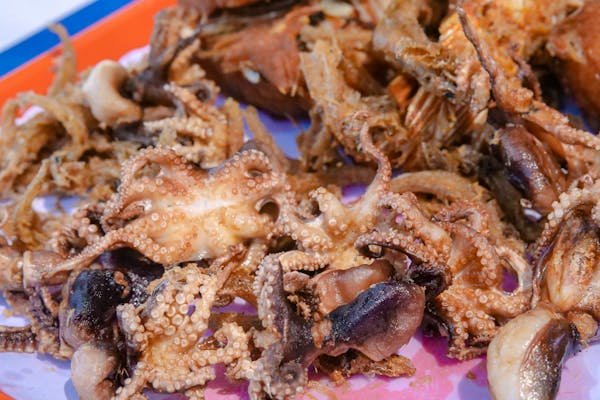
Fisheries
Global Squid Supply Chain Roundtable releases sourcing details for first time
The Global Squid Supply Chain Roundtable takes a step forward in advancing seafood transparency by publicly disclosing its squid sourcing.
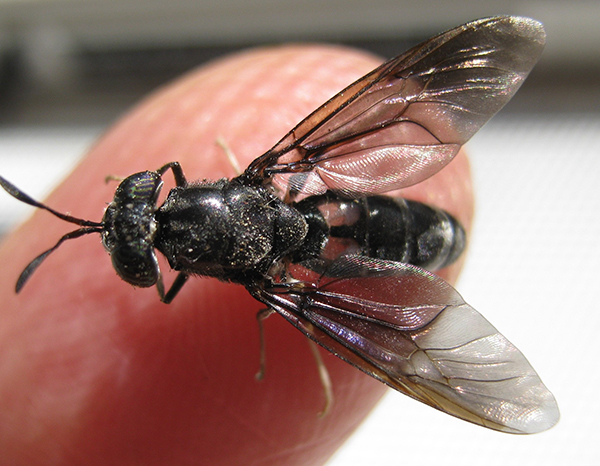
Aquafeeds
New PCR method ensures authenticity of insect-based ingredients in aquafeeds
Researchers develop a PCR method to detect mealworm and black soldier fly DNA in aquafeeds, enhancing product authenticity and traceability.
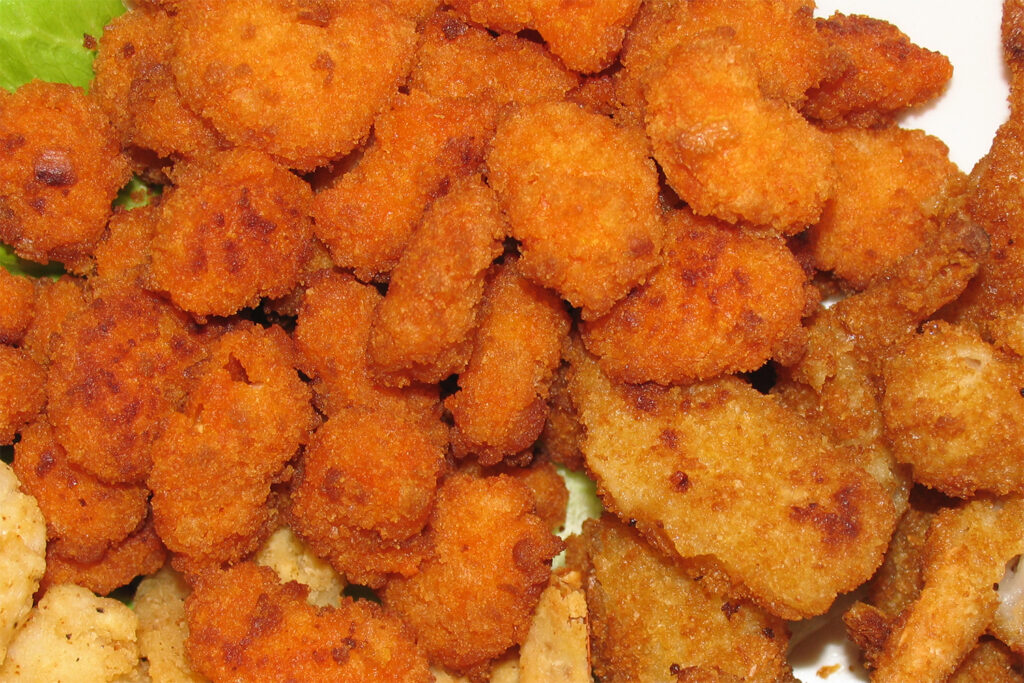
Intelligence
Using DNA multi-marker metabarcoding to authenticate processed seafood
Next Generation Sequencing techniques can support routine food industry activities and official control programs to combat fraudulent practices.
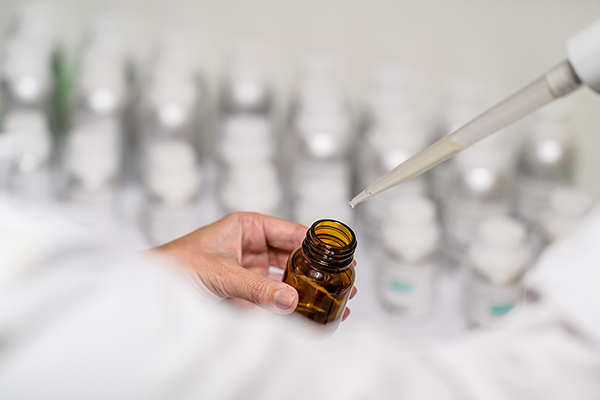
Intelligence
‘Through science, there’s no question’: How evidence-based transparency is changing seafood traceability
ORIVO, a science-based testing and certification service for the global feed and supplement industry, aims to change seafood traceability.



